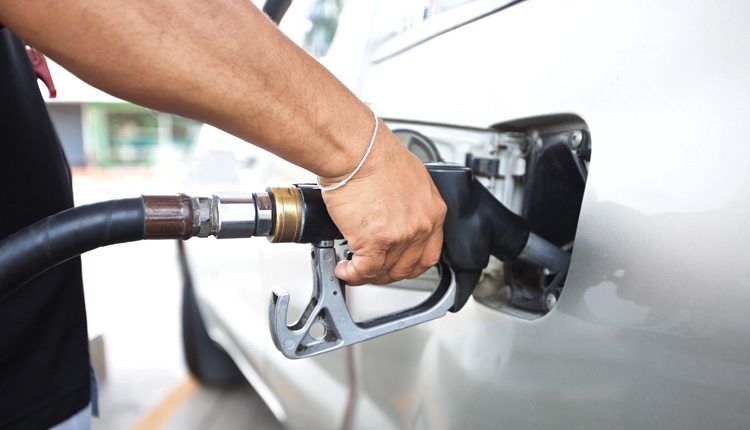Year-round sales of E15 ethanol could drive farmers to plant more corn acres than previously planned.
Some say the Oct. 9 order by President Donald Trump for the Environmental Protection Agency (EPA) to begin the regulatory process leading to year-round sales of E15 ethanol is going to make a difference for farmers, while others are more pessimistic about the announcement.
“It’s hard to find the proper adjectives to describe how exciting it is to see year-round E15 move forward,” says Monte Shaw, executive director of the Iowa Renewable Fuels Association. “We have worked non-stop on this issue for seven years…”
Introduced on the market in July 2012, E15 is a blend of 15 percent ethanol and 85 percent gasoline. According to the Renewable Fuels Association, in 2012 there were only 11 stations in the United States that offered E15 fuel. Since then, that number has grown to more than 1,215 stations offering E15 in 30 states.
Currently, E15 fuel is not available during the summer months, as regulations from 30-plus years ago prevent its sale from June 1 to Sept. 15. Trump’s announcement has led the EPA to begin a formal rulemaking process to allow the year-round sale of E15 nationwide.
“Over time, E15 could add nearly 7 billion gallons of new ethanol demand, which would use 2 billion bushels of additional corn per year,” Shaw says.
To provide some perspective: this would about be the equivalent of needing to add another Illinois-sized corn crop each year.
Tyner says since ethanol uses standard corn, no changes in seed type needs are expected. He also expects the increased demand to slowly be seen if stations start adding more E15 pumps.
U.S. Secretary of Agriculture Sonny Perdue said in a statement that expanding the sale of E15 for the entire year will give consumers another choice at the pump and increase demand for corn.
Perdue says he looks forward to working with the EPA to see rulemaking and year-round E15 completed by the driving season of 2019.
Factors At Play
Gas station’s ability to convert and add E15 pumps, vehicle warranties and fuel prices all factor into how fast farmers, and seed companies, see that boost in demand for corn.
Purdue University agricultural economist Wally Tyner says it’s hard to know how quickly stations will add E15 tanks.
“The majors will not adopt E15 in most places,” Tyner says. “Independents, especially in the Midwest, will convert some pumps. However, it will be costly to convert.”
Furthermore, not all cars are warrantied to run on E15 fuel, according to Tyner. The RFA says the warranty issue is a complicated one. Since E15 wasn’t approved by the EPA when vehicle owner’s manuals were written, it wasn’t included. New owner’s manuals will likely include guidance on the use of E15, but that leaves owners of older cars unsure about using E15. RFA says vehicle manufacturers likely will not deny a warranty claim based on a different fuel.
E15 is approved by the EPA for use in light-duty vehicles of the model year 2001 or newer, as well as all flex-fuel vehicles. RFA says this represents more than 75 percent of the U.S. vehicle fleet. A recent announcement by automakers says 93 percent of 2019 model year vehicles are approved by the manufacturers to use E15 blends. The 2018 number was 89 percent.
Finally, Tyner says E15 has to be at least 5 cents cheaper at the pump to break even with the lower mileage from E15. Ethanol has two-thirds the energy of gasoline, so using 5 percent more ethanol means the blend has less energy and lower mileage, he explains. E15 typically sells for 5 to 10 cents per gallon less than E10.












